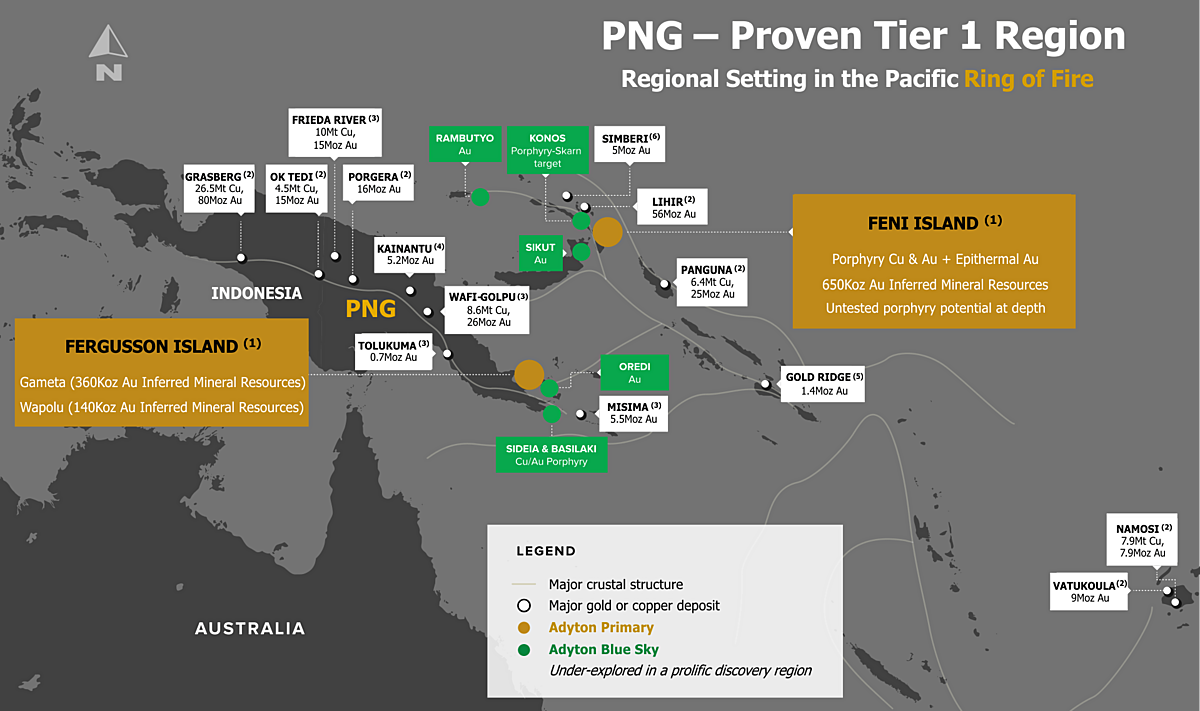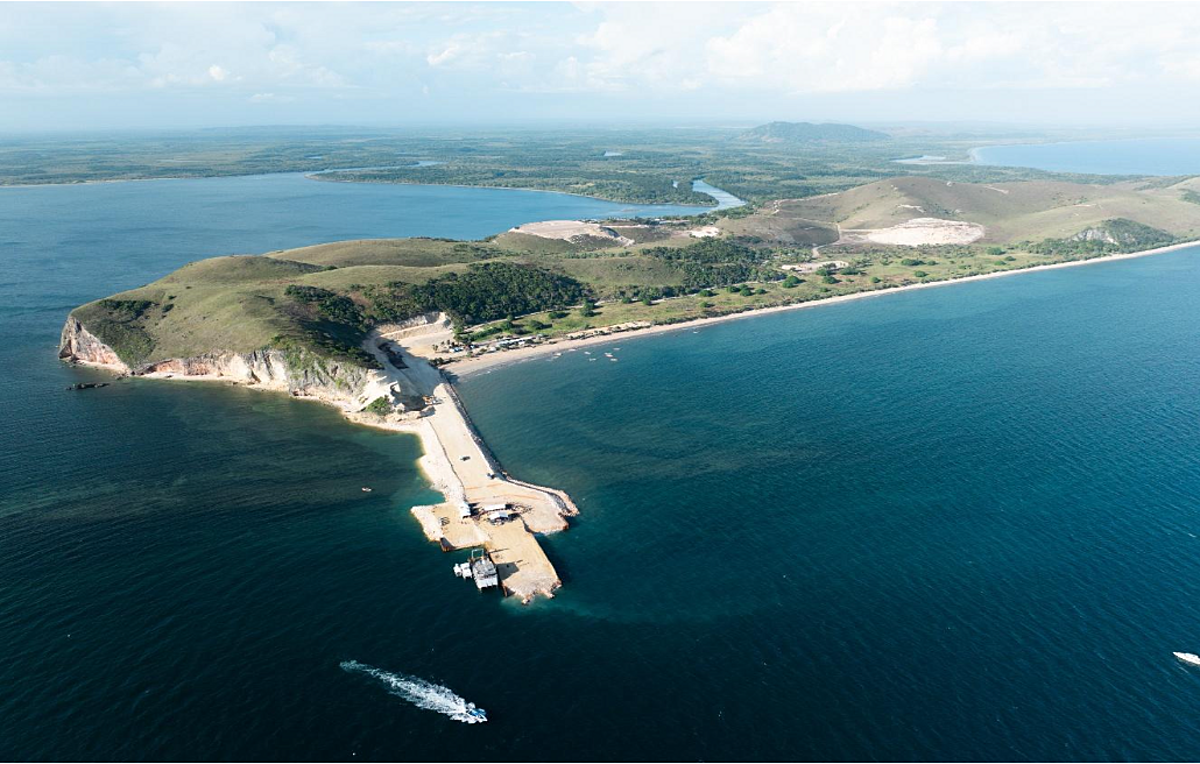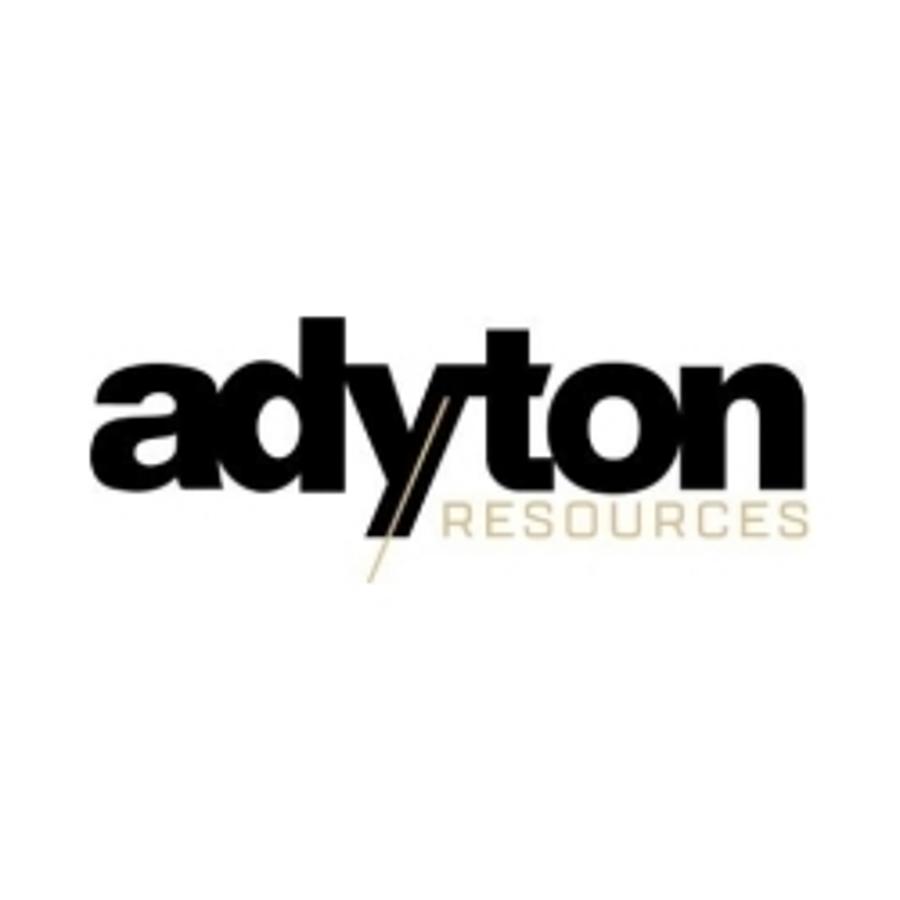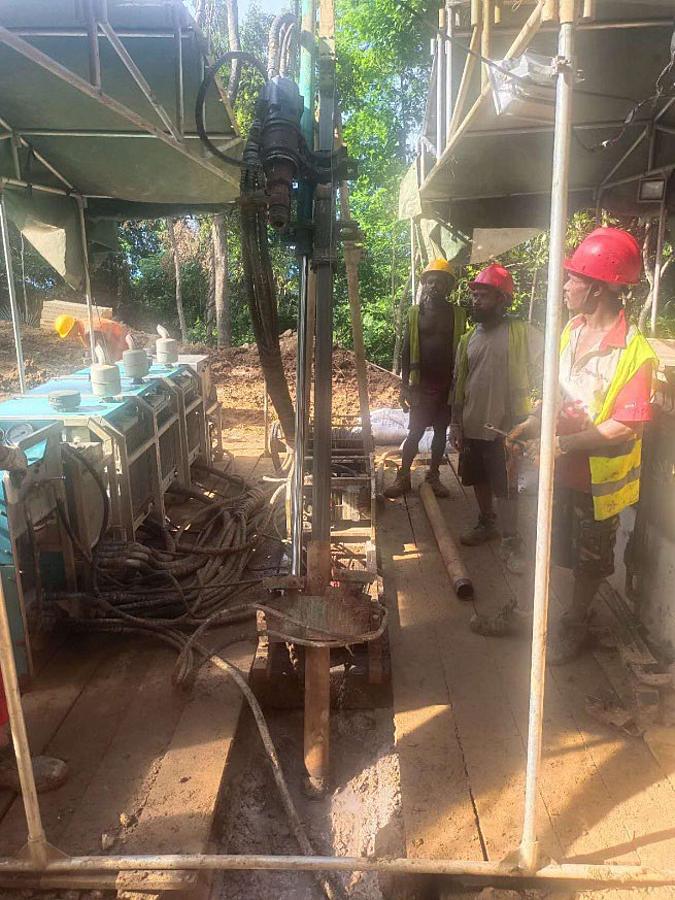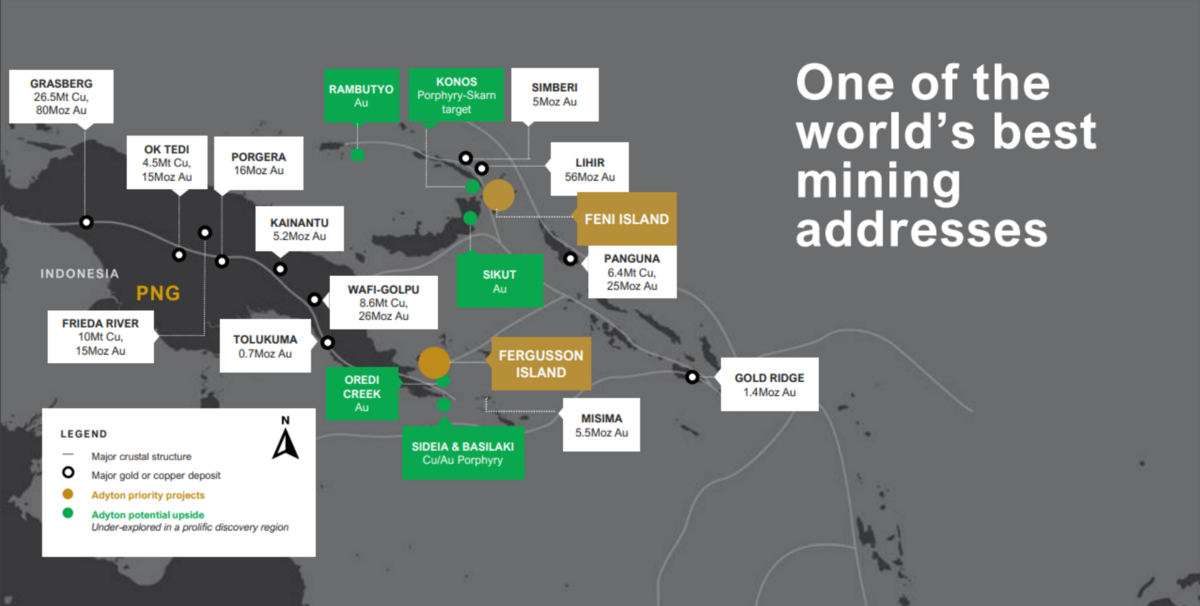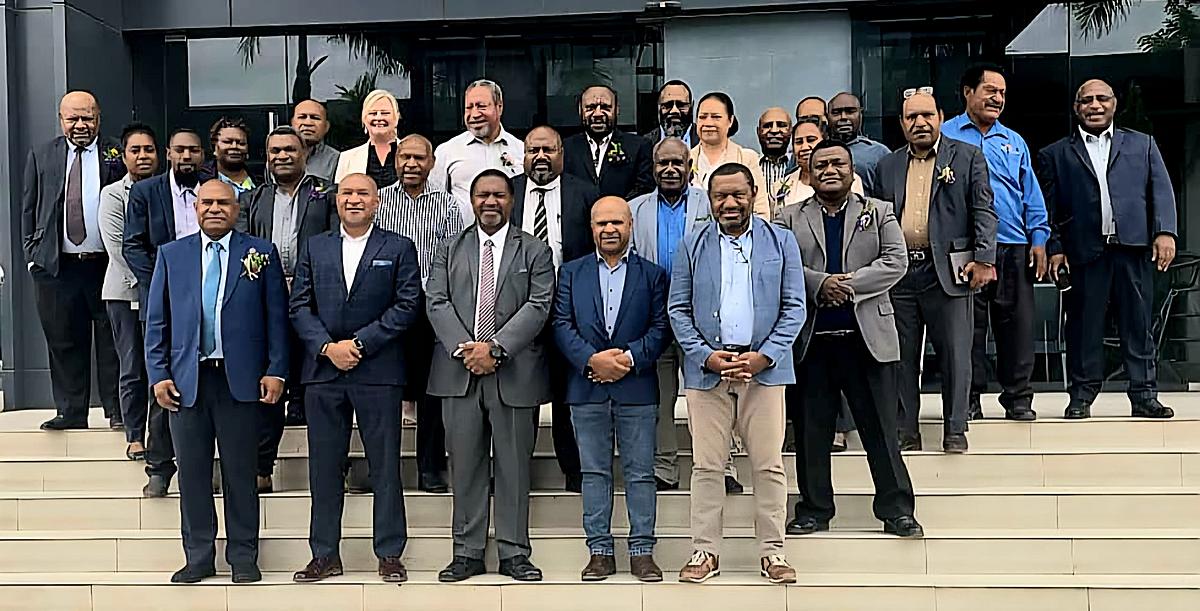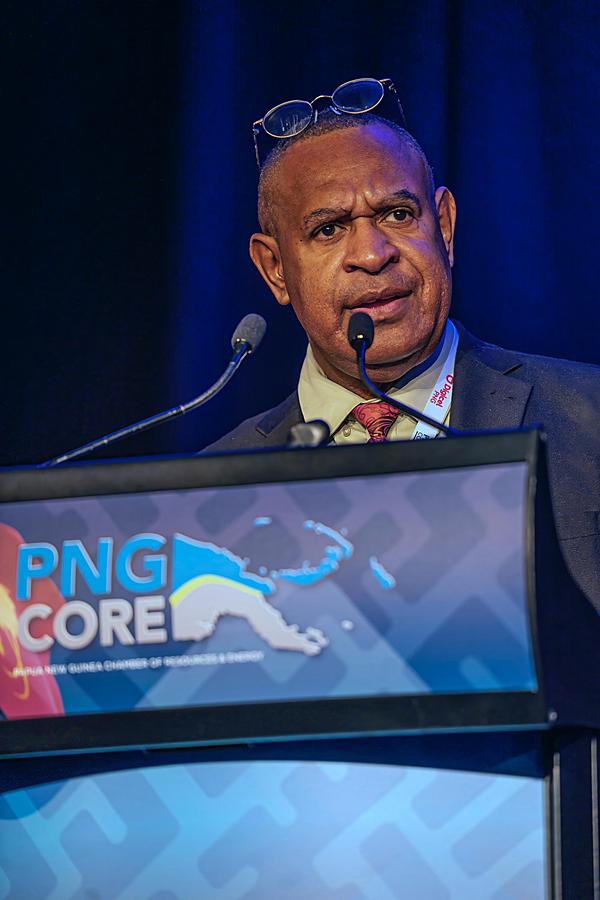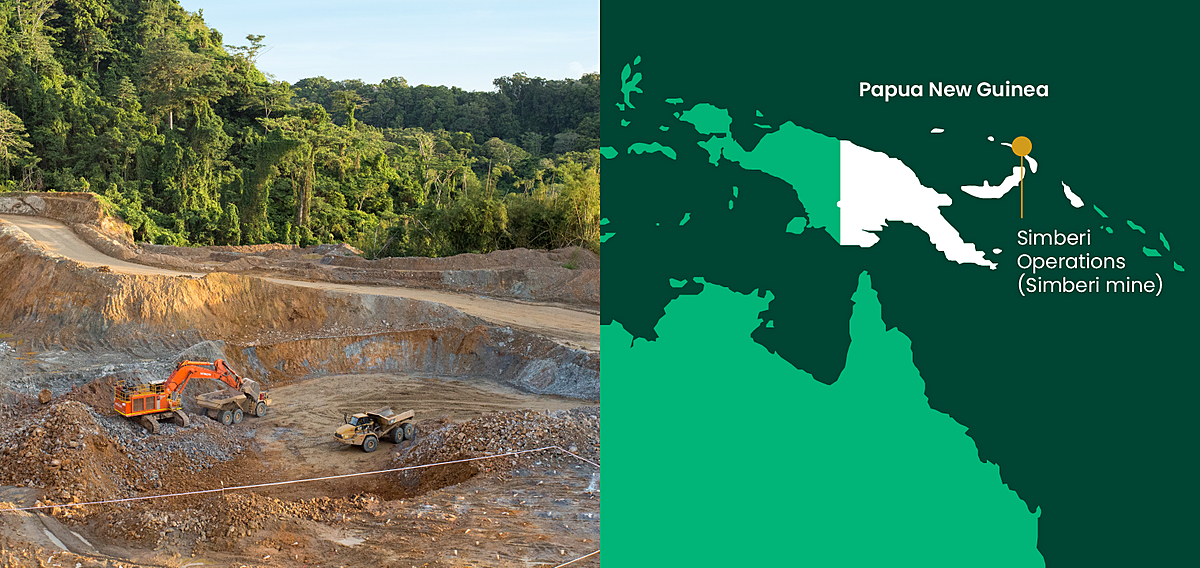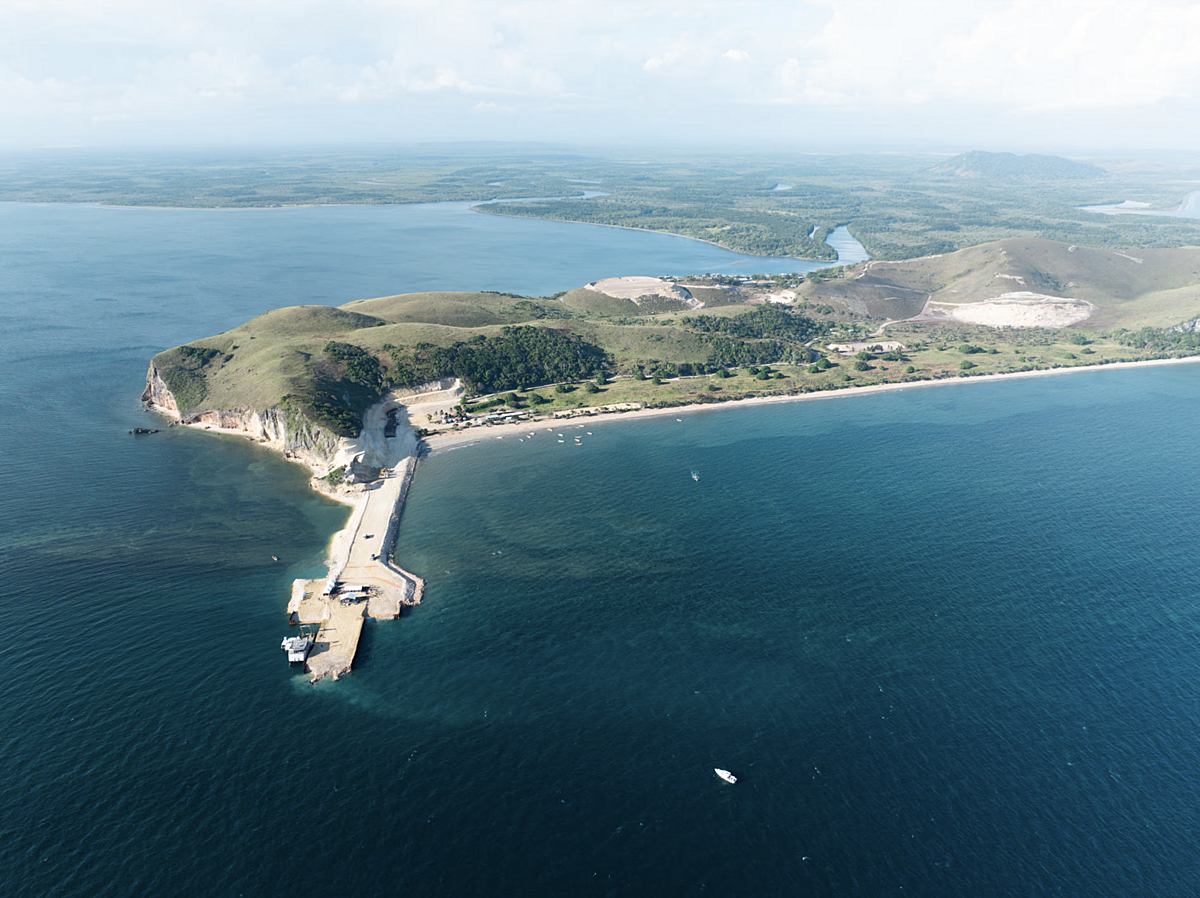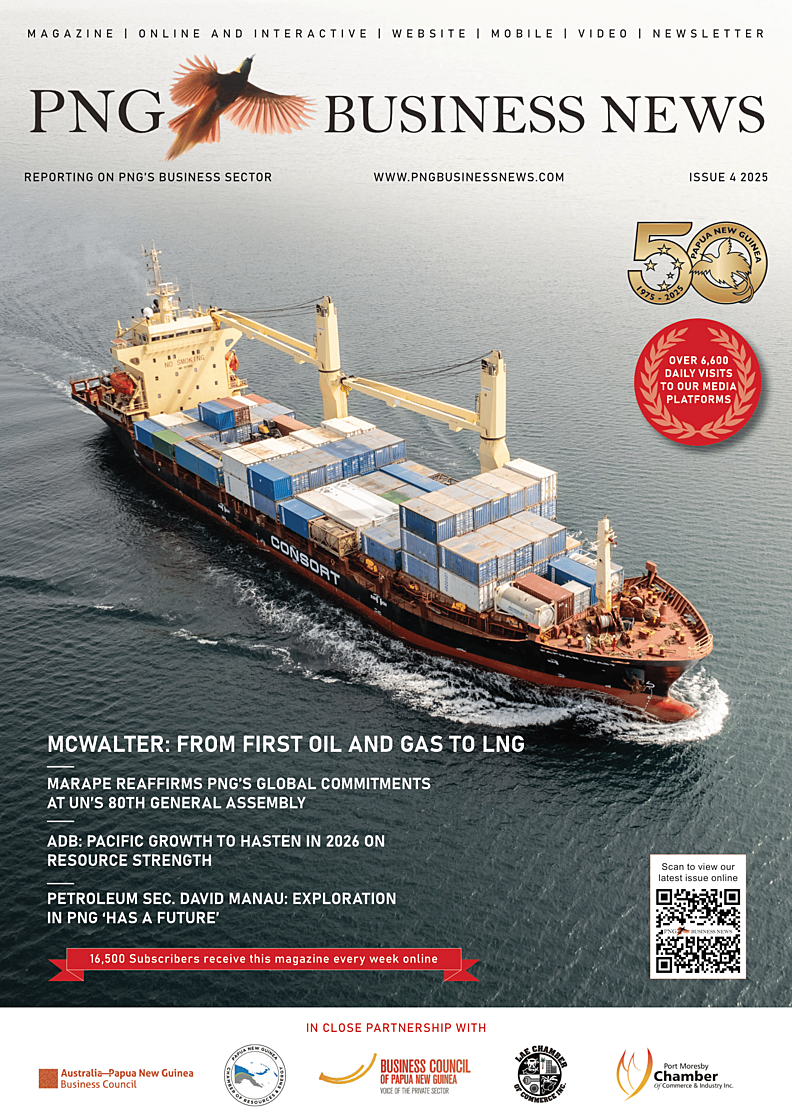Photo credit: Adyton Resources
Adyton Resources Corporation has reported significant copper assays at its 100% owned Feni Island Project (Feni) in Papua New Guinea following the completion of the company’s maiden drilling program of five diamond holes (1,982m) in September.
The initial objectives of the program were to expand the gold resource as well as test various induced polarisation (IP) anomalies for the potential of a copper porphyry system.
Multi-element assays have now been returned with significant copper intersections being recorded from hole ADK004 in two zones – a shallower disseminated zone of copper mineralisation followed by a zone of massive sulphide copper mineralisation:
Disseminated Cu + Au:
• 35.9m (70.7 to 106.6m) @ 0.3% Cu & 1.1g/t Au
Massive sulphide Cu + Au:
• 6.4m (149.7 to 156.1m) @ 5.1% Cu & 1.6g/t Au
Incl 3.6m (151.5 to 155.1m) @ 6.9% Cu & 2.1g/t Au
Incl 0.7m (154.4 to 155.1m) @ 14.5% Cu & 2.4g/t Au
Adyton Resources President, Executive Chairman and CEO, Mr Frank Terranova, said the assay results demonstrated Feni’s significant copper potential.
“The results confirm that Feni could contain zones of high-grade copper within the extensive gold mineralisation and this confirmation of massive sulphide copper in the system justifies more work which is currently being planned,” Mr Terranova said.
“The recent drilling program has highlighted the potential for a significant discovery to be made in the 1.5km long Kabang structural corridor. The corridor is lightly drilled, and going north is covered by younger volcanic cover, which has hindered previous exploration efforts – a focus of the next program will be exploring under this younger cover.”
Located in a Tier 1 region along a mineral belt containing the world class Simberi, Lihir, and Panguna gold and copper projects, Mr Terranova added that the model at Feni was for a “Lihir-style” epithermal gold overprint on a deeper porphyry copper system.

